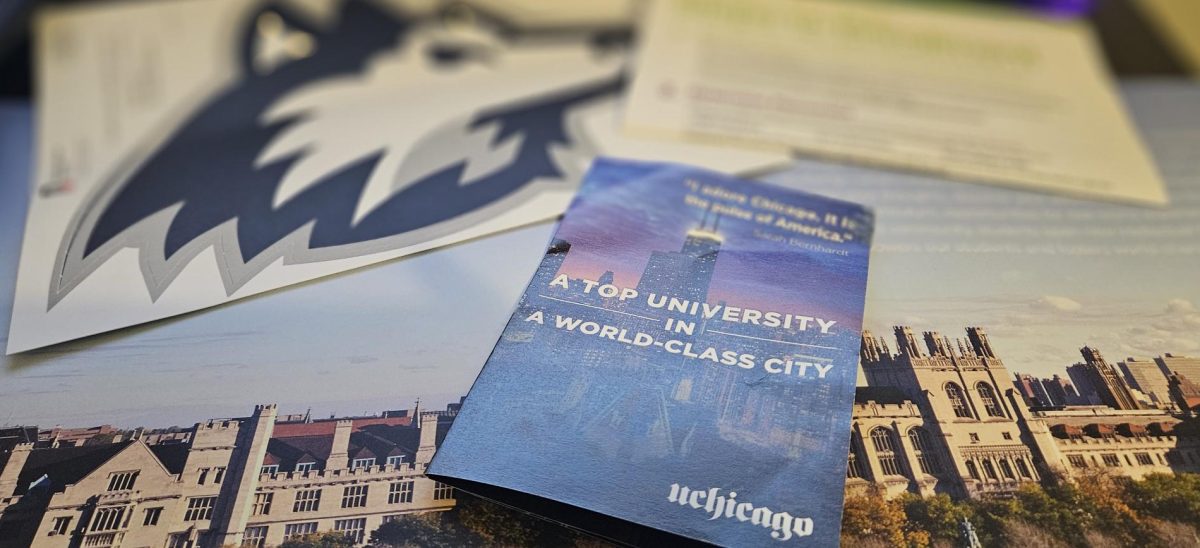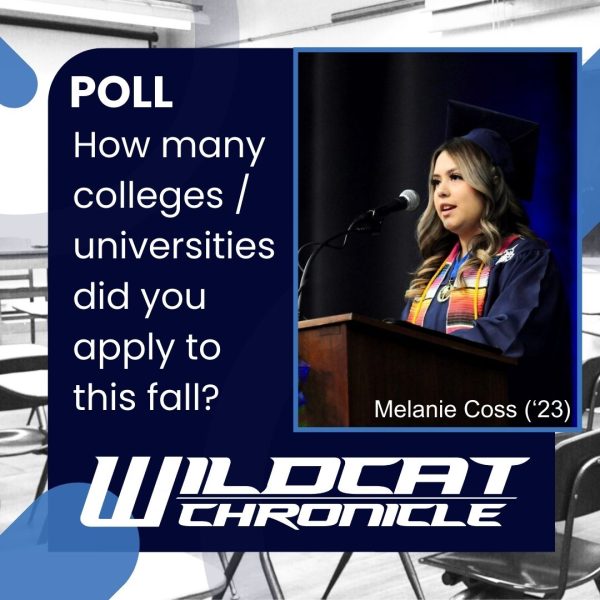For most seniors, the final year of high school is meant to be relaxing, stress-free, and a chance to seriously reflect on the classes that they have taken over a lengthy high school career.
But that comfort is abruptly interrupted in November when early action applications are due, and once again in December for regular decision. The college admissions process is a thorn in the side of students, especially those who have several applications to fill out.
To be clear: getting into college certainly is not easy: it is supposed to be an arduous process that involves some planning ahead. The tediousness and the complicated process of just getting one’s foot in the door, however, is completely unnecessary.While CommonApp is a great tool for sending out basic information and personal details to many colleges very quickly, some of the main grievances with the design of college admissions lie within the hands of colleges themselves. One of the biggest problems is the reliance on self-reported grades, which requires students to list all of the courses they have taken throughout their high school career, even though transcripts are readily available (and are required by most colleges anyway). Registering for separate accounts and launching applications through separate school portals is a hassle, too.
It gets worse for schools that are outside of the CommonApp. The nine University of California schools only accept applications to their proprietary system, so even after spending countless hours filling out dozens of forms and identification information, potential applicants must go back and do it all again. It is unnecessarily frustrating to do this, and even though UC allows students to apply to numerous schools at once, each school demands an $80 fee, so the cost of just getting into the University of California can reach several hundred dollars very quickly.
Sending AP scores and SAT scores is another cost that is tacked onto applications. After paying approximately $100 for each test, students then must pay $15 for each score report (ignoring the slightly insulting singular free score send that the College Board provides). And even that is not instant; SAT scores can take up to a week to send without purchasing a “rushed delivery,” even though the scores themselves are sent electronically, so it raises the question of what exactly the College Board is doing after taking hard-earned dollars out of the hands of students and their families.
Sometimes, students cannot get credits for their AP exams if they do not have a 4 or a 5, which is a slap in the face of students who have worked countless sleepless nights under the guise of potentially getting out of classes in college.
Even financial aid – arguably one of the most important factors in deciding where to spend the next four years studying to enter the workforce – gets complicated fast. After filling out the FAFSA, some colleges will require students to complete the CSS profile on the College Board website, which is a straightforward form that asks for some tax and financial information. The IDOC, otherwise known as the Institutional Documentation Service, is then supplemented with the CSS profile to upload copies of the tax information that some colleges request, although it can take multiple weeks for the documents to process, and even more time for some institutions to view them. The amount of financial aid schools can give is one of the most important deciding factors that can change where a student commits, so withholding this information for so much time is frustrating.

A good start in tweaking the college admissions process would be to make all schools host their application portals through CommonApp and to expedite the process of requesting financial aid by speeding up the processing time of the CSS profile and the IDOC. However, one of the most meaningful changes that colleges could make is to move the deadlines of early action and early decision dates to be closer to the start of the school year and to open applications sooner to give seniors a chance to complete their CommonApp questions and essays before the pace of school picks up. This would not only reduce the stress placed on students during the middle of a semester but also increase the time that colleges have to weigh and consider applications.
There is some good news, however. The FAFSA form, which is the official application for government-subsidized student aid, has been drastically shortened. The 118-question survey has been reduced to just about 36 for most applicants beginning this December, and more and more colleges are beginning to become test-optional, which circumvents the aforementioned College Board score-sending costs.
At the end of the day, seniors should not have to pull their hair out when deciding to spend the four most impactful years of their lives.






